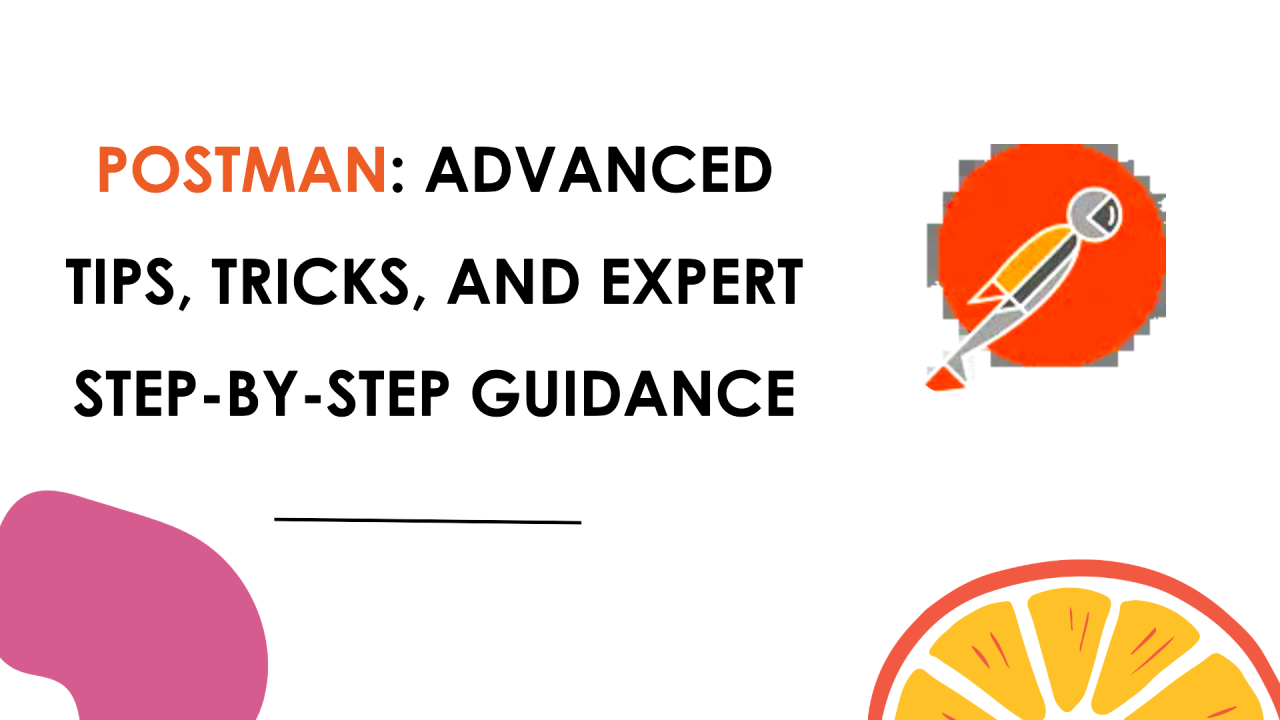Hidden Postman Gems: Advanced Tips And Tricks For Experts

Table of Contents
Mastering Postman Collections & Workspaces
Effectively managing your API projects is crucial for productivity and collaboration. Postman's collection and workspace features are key to achieving this.
Organizing Complex APIs with Folders and Collections
Efficiently managing large API projects requires a robust organizational system. Postman's folders and collections provide this structure. Think of collections as containers for related API requests, and folders as sub-categories within those collections. Proper organization simplifies testing, debugging, and collaboration.
- Use descriptive names: Clearly label collections and folders (e.g., "User Management," "Product Catalog," "Authentication/Login"). This improves searchability and understanding for your team.
- Mirror your API architecture: Structure your folders to reflect the organization of your API. This ensures intuitive navigation and maintainability.
- Document your collections: Utilize collection descriptions to provide context, explanations of endpoints, and any relevant information for other developers.
- Leverage version control: Postman workspaces offer version control, allowing you to track changes, revert to previous versions, and collaborate seamlessly.
Collaboration & Team Workspaces
Postman workspaces facilitate seamless collaboration among team members. Sharing collections, environments, and managing access levels are crucial aspects of effective teamwork.
- Control access: Define roles and permissions for team members (admin, editor, viewer) to ensure data security and appropriate collaboration levels.
- Secure sharing: Share collections and environments securely within the workspace, avoiding accidental exposure of sensitive information.
- Utilize commenting: The commenting feature allows for efficient discussion and issue tracking directly within collections, fostering better teamwork.
- Track changes with version history: Postman's built-in version history helps manage changes, track modifications, and easily revert to earlier versions if needed.
Advanced Request Customization Techniques
Beyond basic requests, Postman offers advanced features for dynamic testing and data validation.
Dynamic Variables & Pre-request Scripts
Dynamic variables and pre-request scripts are essential for automating and enhancing your API tests. This allows you to create flexible and data-driven tests.
- Master environment variables: Use environment variables to store sensitive data (API keys, URLs) separately from your requests, making testing more secure and flexible.
- Leverage Javascript: Pre-request scripts allow you to use Javascript to manipulate requests before they're sent, dynamically generating data, modifying headers, or performing calculations.
- Integrate external data: Fetch data from external sources (databases, CSV files) using pre-request scripts to create more realistic and comprehensive tests.
- Data-driven testing: Employ CSV or JSON files to parameterize your tests, allowing you to run the same test with multiple sets of input data.
Utilizing Assertions for Robust Validation
Assertions are crucial for verifying the accuracy of API responses. Postman offers a powerful assertion engine to validate data and ensure test reliability.
- Variety of assertion types: Utilize different assertion types (e.g.,
pm.expect(response.json().name).to.eql('John Doe')) to validate various aspects of the response (status codes, headers, body data). - Comprehensive assertions: Write detailed assertions covering all critical aspects of the expected response to ensure thorough validation.
- Chained assertions: Combine multiple assertions to validate complex relationships within the response data.
- Detailed reporting: Analyze test results to identify failed assertions and pinpoint the source of errors, leading to quicker bug fixes.
Integrating Postman with CI/CD Pipelines
Automating API testing is essential for efficient software development. Postman integrates seamlessly with CI/CD pipelines.
Automating API Testing with Newman
Newman is Postman's command-line collection runner. It enables seamless integration with various CI/CD systems, automating API testing as part of your build process.
- Command-line execution: Configure Newman to run your Postman collections directly from the command line.
- CI/CD integration: Integrate Newman into your preferred CI/CD platform (Jenkins, CircleCI, GitLab CI, etc.) to automate testing on each build or deployment.
- Comprehensive reports: Generate reports detailing the results of your automated tests, providing insights into successes and failures.
- Failed test handling: Implement mechanisms to handle failed tests appropriately, such as triggering alerts or halting the deployment process.
Advanced Reporting & Monitoring
Postman offers advanced monitoring and reporting capabilities to proactively identify and address API issues.
- Postman Monitors: Set up Postman Monitors to continuously run your tests at regular intervals, providing ongoing insight into API performance and availability.
- Performance analysis: Analyze monitor results to track trends, identify performance degradation, and proactively address potential issues.
- Alerting: Integrate Postman monitors with alerting systems (e.g., PagerDuty, Slack) to receive notifications about failed tests or performance problems.
- Detailed reporting: Utilize Postman's reporting features to create comprehensive reports on API performance and test results, providing valuable data for decision-making.
Conclusion
This article explored several hidden Postman gems, providing advanced tips and tricks to enhance your API testing workflow. By mastering collections, leveraging dynamic variables, implementing robust assertions, and integrating Postman into your CI/CD pipeline, you can significantly improve efficiency and ensure higher quality APIs. Unlock the full power of Postman—explore these advanced features and elevate your API testing expertise. Start exploring these Postman advanced tips today to optimize your workflow and build better APIs!

Featured Posts
-
 Eurowizja 2024 Justyna Steczkowska I Jej Zaskakujacy Wystep W Reczniku
May 19, 2025
Eurowizja 2024 Justyna Steczkowska I Jej Zaskakujacy Wystep W Reczniku
May 19, 2025 -
 The Fsu And Clemson Settlement Four Factors Leading To A Successful Outcome
May 19, 2025
The Fsu And Clemson Settlement Four Factors Leading To A Successful Outcome
May 19, 2025 -
 Regulatory Issues Halt Ubers Acquisition Of Foodpanda In Taiwan
May 19, 2025
Regulatory Issues Halt Ubers Acquisition Of Foodpanda In Taiwan
May 19, 2025 -
 I Teleti Toy Ieroy Niptiros Mia Bathia Matia Stin Istoria Ton Ierosolymon
May 19, 2025
I Teleti Toy Ieroy Niptiros Mia Bathia Matia Stin Istoria Ton Ierosolymon
May 19, 2025 -
 The Impact Of Over The Counter Birth Control On Reproductive Rights Post Roe
May 19, 2025
The Impact Of Over The Counter Birth Control On Reproductive Rights Post Roe
May 19, 2025
